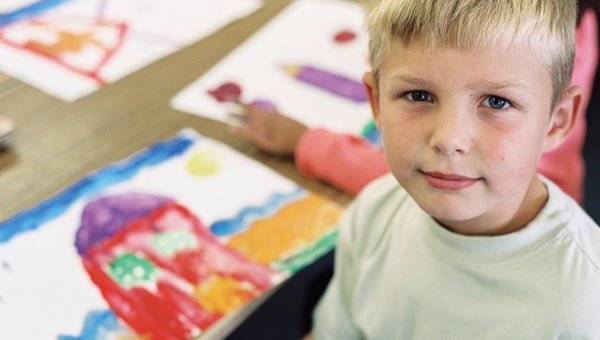State ranked 44th in child well-being
Published 2:11 pm Friday, July 5, 2013

According to the 2013 Kids Count study released in June, Alabama ranks 44th nationally, up from 45th in 2012 and 48th in 2010. It’s the best rank that Alabama has achieved since the Kids Count study, which is published by the Annie E. Casey Foundation, began in 1990.
For the first time in more than 20 years, Alabama was not ranked in the bottom six states for child well-being.
According to the 2013 Kids Count study released in June, Alabama ranks 44th nationally, up from 45th in 2012 and 48th in 2010. It’s the best rank that Alabama has achieved since the Kids Count study, which is published by the Annie E. Casey Foundation, began in 1990.
The study measures child well-being based on four categories — health, education, economic well-being, and family and community.
“In the more than 20 editions of the KIDS COUNT Data Book, Alabama has ranked 48th, 47th and 46th several times. While Alabama was making strides to improve child well-being through both policy and programs, other states were as well,” said Linda Tilly, executive director of VOICES for Alabama’s Children. “We have made up the ground that had us lagging behind, and new momentum is moving us ahead. Child advocates, business leaders, community volunteers and policymakers must all continue to support efforts to sustain that momentum.”
Alabama children showed the greatest improvement in the areas of health and education.
All four measures of education for the period 2005-2011 indicated progress for Alabama students.
Improvements were made in the percentage of fourth graders not proficient in reading, eighth graders not proficient in math, children not attending preschool, and high school students not graduating on time.
Alabama virtually equaled the national average on the fourth grade reading measure, according to the study.
In the health category, the number of child and teen deaths decreased. The number of children without health insurance declined by 38 percent, thanks in part to outreach efforts by AllKids and Medicaid.
The percentage of low birth weight babies also declined.
While there were positives, the report wasn’t all good news for the state.
About 28 percent of Alabama’s children live in poverty, up from 25 percent in 2005, while approximately 35 percent of children had a parent who was unemployed in 2011, up from 30 percent in 2008.
The number of children living in high-poverty areas increased from 12 percent in 2000 to 14 percent during the years 2007 to 2011, according to the study.
The number of children in single-parent families also increased from 27 percent in 2005 to 39 percent in 2011.
The Data Book listed the top five states in child well-being as New Hampshire, Vermont, Massachusetts, Minnesota and New Jersey. The bottom five states were Louisiana, Arizona, Nevada, Mississippi and New Mexico.
In the Southeast, Georgia was ranked 43rd, Tennessee was 39th and Arkansas was 40th.
An Alabama version of the study will be published in September. It will provide a county-by-county breakdown of child well-being.





